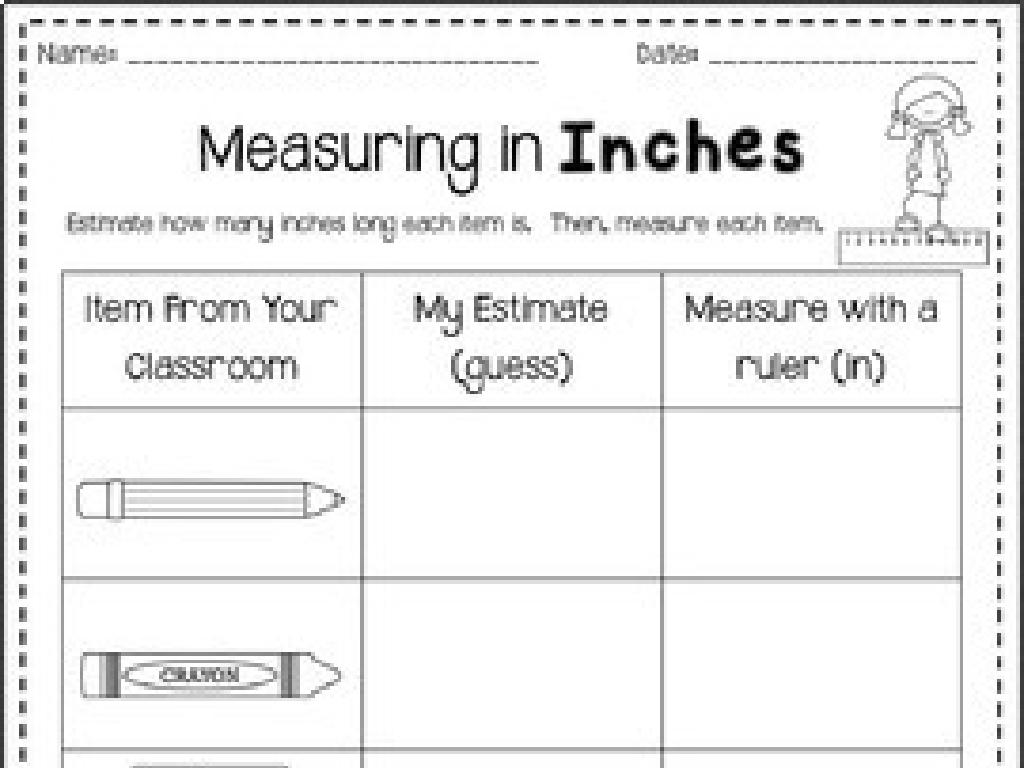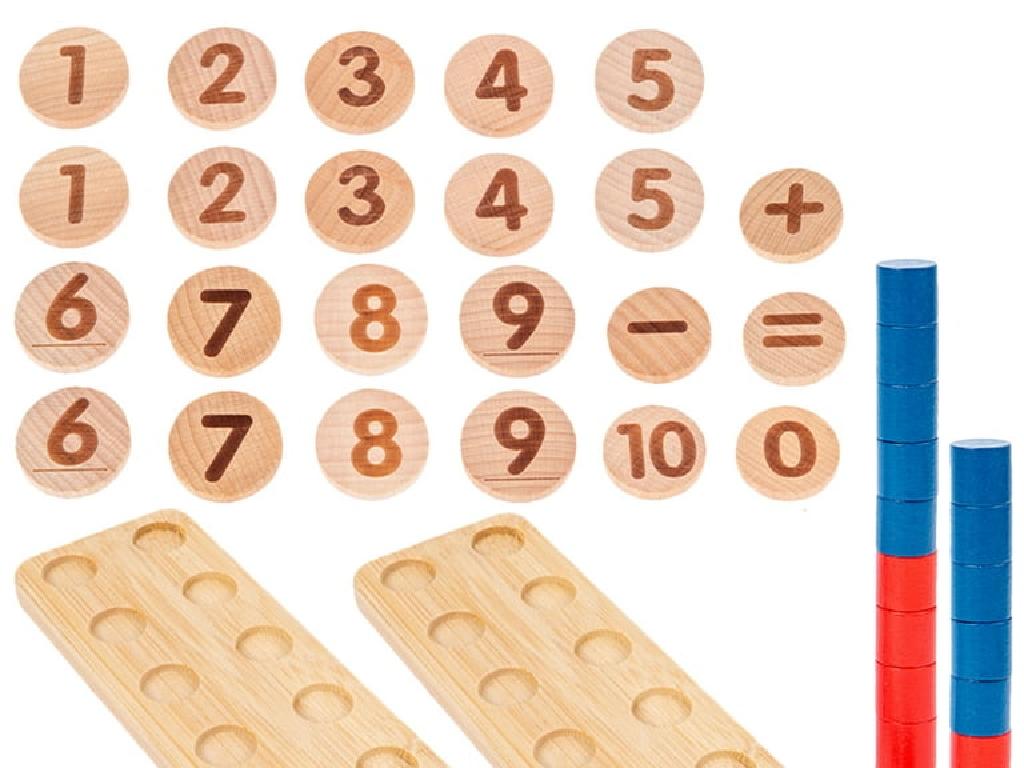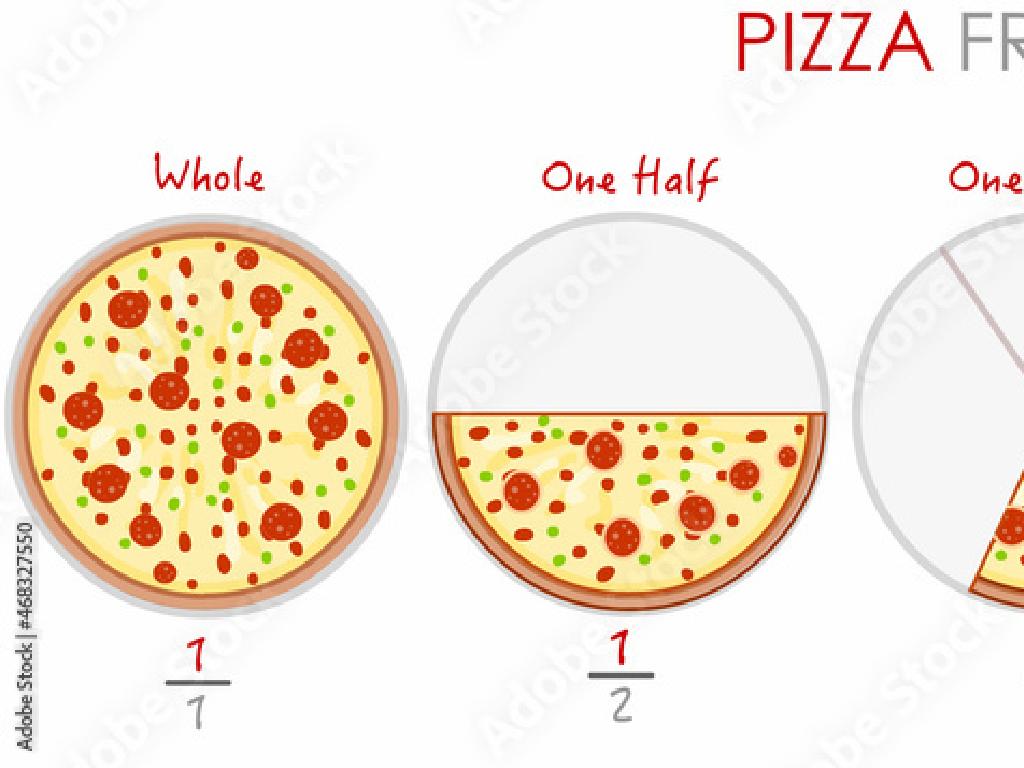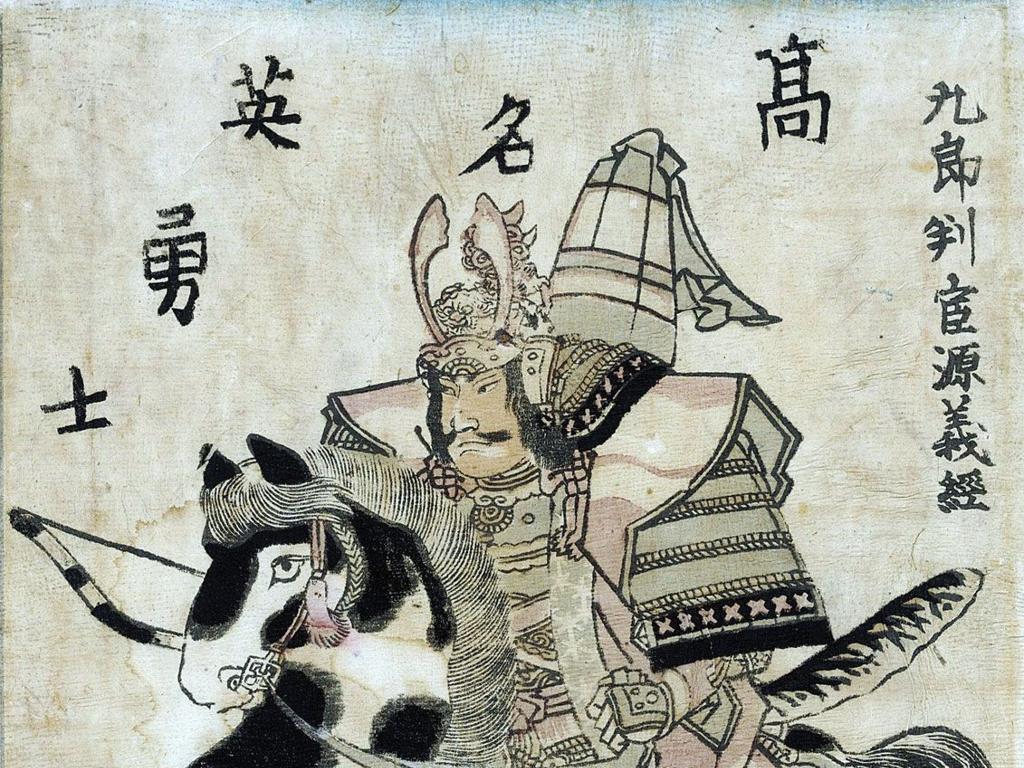Art Of Oceania
Subject: Arts and humanities
Grade: High school
Topic: Art History
Please LOG IN to download the presentation. Access is available to registered users only.
View More Content
Exploring the Art of Oceania
– Diversity of Oceanic art forms
– Encompasses pottery, weaving, tattooing, and carving
– Geographical context of Oceania
– Oceania includes regions like Polynesia, Micronesia, and Melanesia
– Cultural significance of art
– Art is integral to social structure, spirituality, and tradition
– Engage with Oceanic art
|
This slide introduces students to the rich and varied art forms of Oceania, which is a vast region with diverse cultures and traditions. The art forms include pottery, weaving, tattooing, and carving, each with its own unique style and significance. Understanding the geographical context is crucial as it influences the materials used and the themes depicted in the art. The significance of art in Oceanic cultures is profound, often intertwined with social structures, spiritual beliefs, and traditional practices. Encourage students to explore and appreciate the complexity of Oceanic art and its role in the cultural identity of the people. Discuss how art serves as a means of communication, a record of history, and a symbol of status within these communities.
Geographical Influence on Oceanic Art
– Main regions: Melanesia, Micronesia, Polynesia
– Three distinct cultural areas in the Pacific Ocean
– Cultural diversity in Oceania
– Each region has unique traditions, languages, and art styles
– Geography’s impact on art
– Island landscapes, resources, and history shape artistic expression
– Examples of regional art forms
– Melanesia: wood carvings, Micronesia: navigation charts, Polynesia: tattoos
|
This slide provides an overview of the main geographical regions of Oceania and their influence on the area’s art. Melanesia, Micronesia, and Polynesia each have distinct cultural identities, which are reflected in their diverse art forms. The geography of these regions, including the availability of materials and the significance of the ocean, plays a crucial role in shaping the art produced. For example, Melanesian wood carvings often use local timber, Micronesian navigation charts reflect the importance of seafaring, and Polynesian tattoos often have symbolic meanings tied to the sea and navigation. Encourage students to explore how the environment and available resources influence the art of a region, and how art can be a reflection of a community’s identity and history.
Historical Context of Oceanic Art
– Tracing Oceanic art history
– From ancient navigation to contemporary expressions
– Key events shaping the art
– Migration, trade, and conflict influenced artistic development
– Colonization’s impact on art
– European colonization altered traditional art forms and introduced new materials
– Art evolution to modern day
– How traditional themes persist or adapt in today’s Oceanic art
|
This slide aims to provide students with a comprehensive understanding of the historical context of Oceanic art. Begin by tracing the origins of Oceanic art, emphasizing the importance of navigation and the natural environment in early artistic expressions. Discuss key historical events, such as migrations, trade, and conflicts, that have shaped the art of the region. Highlight the profound impact of European colonization, which brought new materials and challenges to traditional art forms. Conclude by exploring how Oceanic art has evolved into the modern era, maintaining traditional themes while adapting to contemporary influences. Encourage students to consider how history is reflected in art and how art can serve as a historical record.
Traditional Art Forms of Oceania
– Sculptures, masks, and tattoos
– Totem poles, Tiki figures, and facial tattoos as identity and status symbols
– Art in rituals and ceremonies
– Masks in spiritual dances, sculptures in ancestral worship
– Materials in Oceanic art
– Use of wood, bone, feathers, and stone
– Techniques of Oceanic artisans
– Carving, weaving, and tattooing with traditional tools
|
This slide aims to introduce students to the rich traditional art forms of Oceania, which include sculptures, masks, and tattoos, each with its own cultural significance. Art plays a crucial role in Oceanic societies, often intertwined with rituals and ceremonies that are central to the community’s spiritual life. Discuss the materials commonly used by Oceanic artists, such as wood, bone, and feathers, which are locally sourced and hold cultural significance. Highlight the techniques employed by these artists, such as carving and weaving, which have been passed down through generations and are reflective of their mastery and craftsmanship. Encourage students to explore the symbolic meanings behind these art forms and consider the cultural context that gives rise to such creativity.
Contemporary Oceanic Art
– Explore modern Oceanic artists
– Learn about artists like John Pule and Lisa Reihana
– Fusion of tradition in modern art
– How artists use traditional motifs and techniques in today’s art
– Oceanic art on the global stage
– Recognition at events like the Venice Biennale
– Discuss the art’s evolution
|
This slide aims to introduce students to the vibrant and evolving world of contemporary Oceanic art. Highlight key artists who are gaining international acclaim and discuss how they weave traditional Oceanic themes and methods into their modern works. Emphasize the importance of cultural heritage in their art and how these artists contribute to the global art narrative. Encourage students to think about the ways in which art can preserve and promote cultural identity. Discuss the increasing recognition of Oceanic art in prestigious global art scenes, such as the Venice Biennale, and what this means for the artists and their communities.
Cultural Significance of Oceanic Art
– Symbolism in Oceanic art
– Explore motifs and their meanings, like the turtle representing navigation.
– Storytelling through art
– Art narrates tales, legends, and myths of the people.
– Art preserving history
– Historical events and genealogies captured in carvings and weavings.
– Art’s role in identity
– Art reflects the beliefs, status, and social structure of communities.
|
This slide delves into the deep cultural significance of art in Oceania, which is rich in symbolism and serves as a vital tool for storytelling and preserving history. Each piece of art is a narrative, capturing the essence of the people’s identity, their beliefs, and their social structures. For example, the turtle motif often found in Oceanic art is not just a design but a symbol of navigation and guidance. Artifacts like carvings and weavings are not merely decorative but are historical records that hold the genealogies and important events of the people. Understanding these aspects of Oceanic art provides insight into the rich cultural tapestry of the region and emphasizes the role of art in shaping and maintaining the identity of its peoples. Encourage students to think about how art in their own lives might serve similar purposes.
Class Activity: Oceanic Art Creation
– Create art inspired by Oceania
– Use symbolism and learned techniques
– Share and discuss your artwork
– Reflect on the inspiration behind your piece
|
In this class activity, students will apply their knowledge of Oceanic art by creating their own pieces. Provide a variety of materials such as cloth, shells, feathers, and wood for students to choose from. Encourage them to incorporate symbols and techniques discussed in class, such as tapa cloth designs or wood carving. After completion, students will present their art to the class, explaining their choice of materials and the cultural significance behind their work. Possible activities include creating a tapa cloth pattern, a small totem, or a mask using traditional motifs. This activity will help students appreciate the complexity and cultural relevance of Oceanic art forms.






